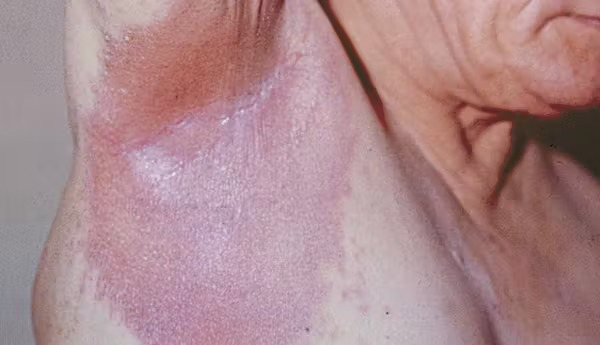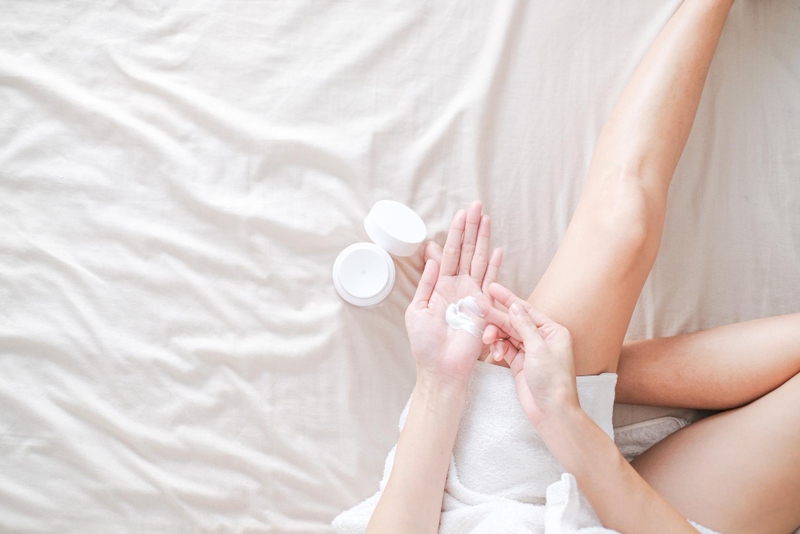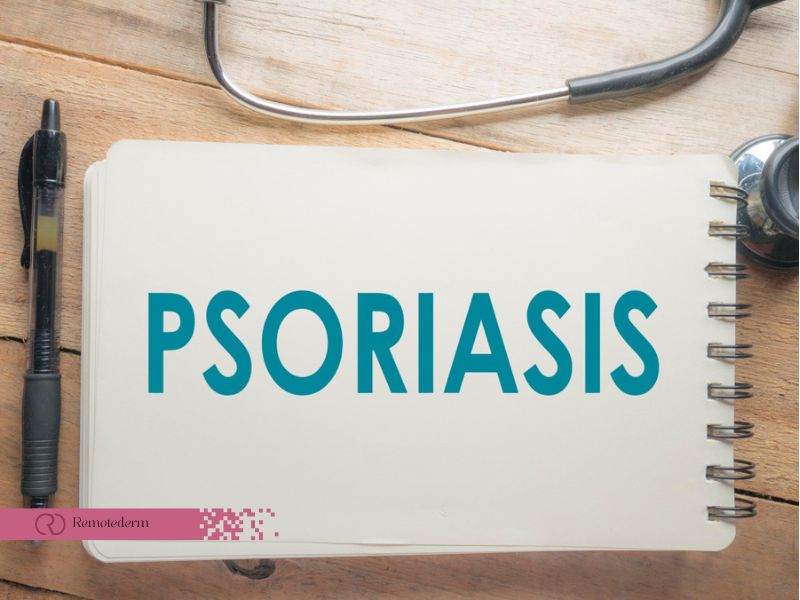Inverse psoriasis is one of the types of psoriasis that affect the regions of the body where the skin folds or flexes like the armpits, groin, and under the breasts. Unlike the other types of psoriasis, it looks like shiny, red patches of inflamed skin rather than scales. This article is about the symptoms, treatment options, and the most necessary information regarding inverse psoriasis.
What is Inverse Psoriasis?
Inverse psoriasis is the kind characterized by shiny, red patches of inflamed skin that can be sensitive and irritated. In most cases, it affects the regions of the body where the skin touches or rubs against itself like the armpits, groin, buttocks, and under the breasts. On the contrary, plaque psoriasis appears as raised, scaly patches whereas inverse psoriasis presents as shiny and smooth patches.
Symptoms of Inverse Psoriasis
The symptoms of inverse psoriasis include:
- Smooth, Red Patches of Skin: Inverse psoriasis is characterized by smooth, very shiny red areas on the skin and folks are often reminded to pay special attention to the areas with folds such as armpits, groin, under the breasts, and surrounding buttocks.
- Soreness and Discomfort, Especially in Skin Folds: Friction and moisture are usually the causes of the wound to be abraded, which, in turn, makes moving about or sitting very hard due to everyday activities such as walking and sitting.
- Sensitivity and Irritation Exacerbated by Sweating or Friction: Sensitivity and irritation are triggered by both the heat caused by sweating and the friction caused by moving, with sweating adding up to the moisture in skin folds and the movement, in turn, causing the sweat to be further agitated, thus, giving way to the more severe pain and possibly, secondary infections.

Causes and Triggers
The development of inverse psoriasis remains a mystery, yet scientists tend to connect it with the overly alert immune system. The most common possible reasons for the flare-ups are the rubbing of the skin with the clothing, the sweat and heat, the fungal infections in the skin folds, and the stress. In some people, some medications or infections may also be the reasons why inverse psoriasis occurs. Those who are suffering from this condition need to cooperate with their healthcare provider to find the triggers and the management of them in order to lower the symptoms and improve their quality of life.
Diagnosing Inverse Psoriasis
Dermatologiststypically diagnose inverse psoriasis through a visual examination of the skin. A skin biopsy can be done as well to be certain of the diagnosis and to eliminate the other skin conditions.
Inverse Psoriasis Treatment Options
Treatment for inverse psoriasis consists of decreasing inflammation, easing the pain, and also avoiding flare-ups. Among the common treatment options are:
- Topical Treatments: Corticosteroid creams or ointments, for instance, can be an effective remedy for inflammatory and itchy conditions.
- Calcineurin Inhibitors: These medications are the ones which dampen inflammation and can be applied on sensitive areas where the use of steroids may not be appropriate.
- Phototherapy: Sunbathing under controlled exposure to ultraviolet (UV) light will correct the malady.
- Systemic Medications: In chronic cases, oral or injected medications that hinder natural defenses will be medicated.

Managing Inverse Psoriasis with Lifestyle Changes
Inverse psoriasis is a chronic disease that may be aggravated by lifestyle practices. However, medical intervention is still the main way for successful treatment:
- Keep Skin Dry: The moisture in the skin folds can worsen the symptoms of psoriasis, which is why keeping these areas dry is crucial.
- Avoid Irritants: The sensitive skin of an infant can be irritated by strong soaps and detergents, as well as perfumes.
- Psoriasis Diet Guide: Some people think that cutting down on some foods, like gluten and nightshade vegetables, will improve their conditions.
Online Psoriasis Treatment Resources
Online psoriasis treatment can be a viable option in Inverse psoriasis treatment through reliable information and support searching. Community websites and forums that are dedicated to psoriasis provide many resources, treatment reviews, and help from fellow psoriasis patients.
Final Thoughts
Living with inverse psoriasis presents a big challenge but the right treatment and lifestyle adjustments can help in managing the symptoms comfortably. A doctor must make sure that a patient follows the most effective treatment plan that addresses his unique needs. Understanding the symptoms, triggers, and available treatments allows individuals to take proactive steps preventing the disease and improving their quality of life.
FAQs
1. Can inverse psoriasis be cured?
Inverse psoriasis is a chronic illness for which there is no cure today. Nevertheless, successful treatments can be used to control the symptoms and to lessen the attacks.
2. Does inverse psoriasis itch?
Moreover, the disease can also trigger itching in the affected areas such as skin folds where moisture and friction are aggravating factors.
3. What are the psychological impacts of inverse psoriasis?
Having inverse psoriasis can put people down and ruin their lives because of the visible symptoms and discomfort. Nevertheless, it is always worth it to seek support from both healthcare professionals and community groups.
4. How does climate affect inverse psoriasis?
Inverse psoriasis can be affected by the climate, as hot and humid conditions may aggravate the symptoms due to increased sweating and friction in skin folds.
